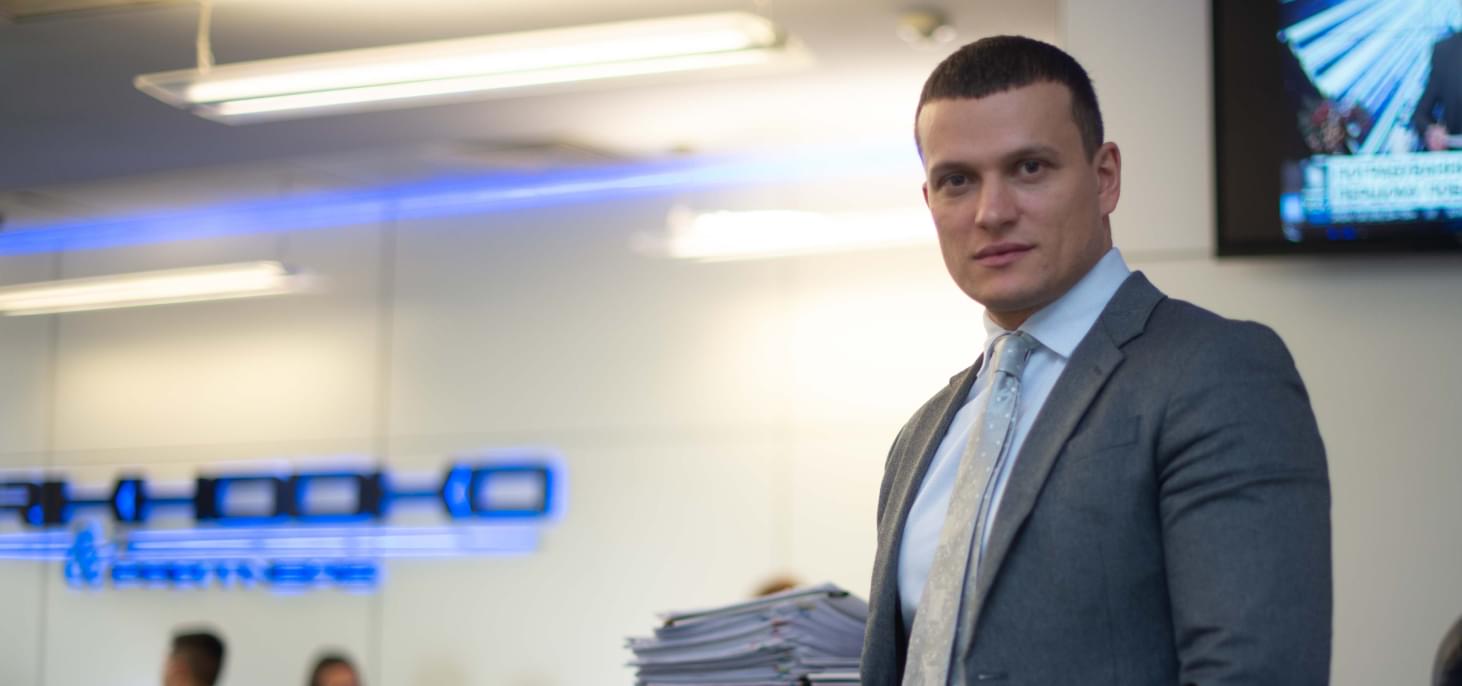
It is not important for us on whose side the power is, but it is important on whose side the law is.
Lawyer
Specializes in criminal, civil and administrative law, recalculation of military pensions
COMPARATIVE ANALYSIS OF THE PROTECTION OF THE RIGHT TO FREEDOM OF EXPRESSION OF VIEWS IN THE PRACTICE OF THE EUROPEAN COURT OF HUMAN RIGHTS
 The right to freedom of expression or better said freedom of expression. Something ambiguous and for everyone. Everyone attaches several meanings to this concept: to freely express their thoughts, to disseminate them, as well as to express themselves through certain forms, be it drawing, graffiti, a piece of music, a theatrical production, etc. That is to express their thoughts not only orally but also in writing, as well as implicit actions.
The right to freedom of expression or better said freedom of expression. Something ambiguous and for everyone. Everyone attaches several meanings to this concept: to freely express their thoughts, to disseminate them, as well as to express themselves through certain forms, be it drawing, graffiti, a piece of music, a theatrical production, etc. That is to express their thoughts not only orally but also in writing, as well as implicit actions.
But can these two concepts be identified? Maybe one is part of another? For example, freedom of expression includes the following elements: the right of a person to choose his style of behavior, the right to choose the manner of behavior (movement, gestures, facial expressions), the right to appearance (appearance), personal integrity (in the sense that no one can to connect a person's ways of using his own body), etc. And, accordingly, freedom of expression is understood as an integral part of the right to freedom of expression or closely related freedom. In any case, in the legislation of the majority of the state as such a visible boundary between them is not drawn; The exception is Portugal, whose Constitution explicitly enshrines this right as follows: "a person has the right, both internally and externally, in the form he likes, to express himself externally (tattoos, hairstyles, tunnels in the ears)." Therefore, we will talk further about the right to self-expression as part of the freedom of expression.
This right has always been discussed in the legal sphere. Where do its boundaries end? And can they be installed at all?
At the international level, the right to freedom of expression is reflected in many legal acts that are universally binding on most countries. In particular, in Art. 19 of the Universal Declaration of Human Rights states: "Everyone has the right to freedom of opinion and expression."
In addition to the international level, this right is undoubtedly found at the national level of the state. Thus, in France, the free expression of opinions and opinions - a precious human right, which is why everyone can freely express, write, print, etc., responsible only for the abuse of this freedom, in cases provided by law (Article 11 of the Declaration of Human Rights and citizen).
For more than half a century, the ECHR has been effective at the international level in resolving disputes between citizens and the state. In its decisions (referring to decisions on citizens' disputes against France), it refers primarily to the Law on Freedom of the Press of July 29. 1881, which regulates such important issues as the amount of responsibility for the abuse of freedom of the press and its subjects.
In practice, it has long been not uncommon for the work of these norms, their application is a kind of ground for decision-making at the national and international levels.
Consider Leroy v. France, October 2, 2008. Circumstances of the case: September 11, 2001 (the tragic day of the fall of the Twin Towers), the artist (applicant) presented a caricature depicting the event to the weekly and below inscription: "We all dreamed of it - "Hamas" did" (paraphrased advertising of a famous brand). The cartoonist wanted to depict the destruction of the American empire on the day of the attack in New York. The published picture caused mixed opinions. At the request of the prefect, the republican prosecutor instituted criminal proceedings against the weekly (the applicant and the editor-in-chief appeared in court on charges of justifying terrorism and aiding and abetting, Article 24 of the 1881 Act).
After exhausting all mechanisms of domestic protection, he appealed to the ECHR, which unanimously decided that the violation of Art. 10 of the Convention was not here. Demonstrating a tragic event in the picture and accompanying the caricature with the word "dream", which testifies to the approval of the death of people, the artist in the eyes of many people as if calling for terrorism. And the court noted that the measures taken by the authorities were grounded: ensuring public peace, preventing riots or crimes. The drawing, although sufficient in itself, characterizes the applicant's intention, but nevertheless in conjunction with the accompanying text the caricature is not limited to a critique of American imperialism, supporting and glorifying its destruction by violence.
It turns out that freedom of expression, in fact, has certain restrictions that must carry a fairly correct ground.
Skoda-Paul Costa in 2001 (then the current judge of the European Court of Human Rights, elected by France), analyzing the case law, noted that this freedom applies not only to information and ideas that are perceived favorably or assessed as harmless and safe, but also on those that affect, disturb the state or part of the population. And restrictions are allowed subject to 3 conditions:
- the law must provide for the possibility of such a restriction;
- such restrictions must meet one of the legitimate aims enshrined in the final part of Art. 10 of the European Convention for the Protection of Human Rights and Fundamental Freedoms;
- such restrictions must be deemed necessary in a democratic society.
Sometimes these restrictions turn into a rather strange form. For example, in 2005, a law in Virginia banned the wearing of low-waisted jeans, from which underwear can be seen. A similar act applies in Louisiana. According to him, violators face a fine of $ 500 or imprisonment for up to 6 months.
Also in the early 2000s, there was a case: the young man was arrested by the police, the detention order stated the following grounds: «because of wearing a baseball cap with a visor back. The boy was arrested because, according to police, wearing a baseball cap is associated with gangster activity. Therefore, law enforcement officers consider it necessary to consolidate the way of wearing a hat, because it will contribute to a sense of security of others. But the court took the side of the injured party in this situation, arguing that the introduction of a dress code for wearing a baseball cap is not in the public interest.
Thus, freedom of expression is quite specific, and its implementation in the modern world encounters a number of certain conventions. Permission of such in different countries is different, but the validity of such permission is based on the three most important principles of restriction of this freedom.
Calculate the price of assistance:
1 question
Have other lawyers handled your case?
2 question
Are you in Kyiv or Kyiv region?
3 question
Do you need legal assistance urgently?
Lawyer
Specializes in criminal, civil and administrative law, recalculation of military pensions
Other articles on this topic:
call back
during the day




